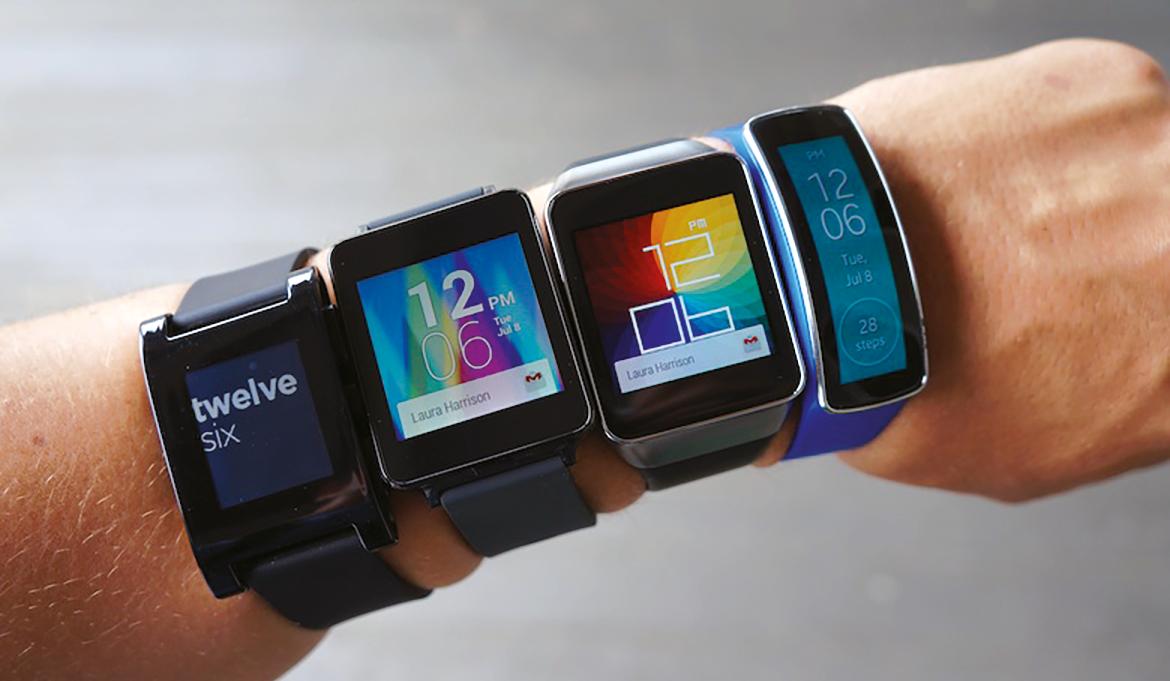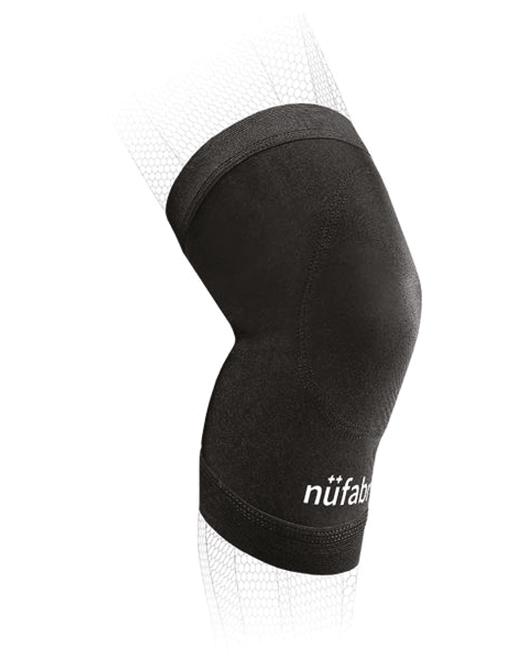
5 minute read
THE WONDERFUL WORLD OF WEARABLES
AFFOA blazes a trail for functional fabrics.
By Cary Sherburne
We hear a lot about Industry 4.0 and how we can benefit from connecting our production equipment to other parts of the plant, or to the outside world. Now Industry 4.0 is coming to your closet – in the form of connected cloth- mission is to rekindle ing and other wear- the domestic textile able items – and industry through even to fabric- innovation. Taking an based home inte- industry as old as the rior items such as textiles industry and carpets, drapes, transforming it by shades and more. Sasha Stolyarov, introducing advanced
Sound like a CEO of Advanced Functional Fabrics of materials, processes futuristic fantasy? America (AFFOA) and applications has It’s not as far away become a national as you might think. I recently movement that involves many spoke to Sasha Stolyarov, CEO universities and corporations. of Advanced Functional Fabrics The big challenge is innovating in of America (AFFOA), one of a space that has not seen much nine Manufacturing USA insti- innovation in centuries. We are tutes. AFFOA has been a leader used to certain functionalities in research and development from textiles, and those funcfor fiber and fabric computing, a tionalities are very different than key to creating next-generation what we expect from technology wearables – although Stolyarov like cell phones or computers.” prefers not to use that term. Part of the persona, as it
“Our focus is on functional were, of AFFOA, is a collection fibers and fabrics,” he said. “Our of disparate expertise under one roof.
“You can’t have just textile companies innovating in textiles,” Stolyarov said. “You can’t reignite innovation with expertise in just one area. You have to bring in electronics, photonics, software and coupling that with textiles, collaborate across these traditionally separate industries. Having all that expertise under one roof is what makes us unique.”
So what does fiber and fabric computing actually mean? One thing AFFOA has been working on is getting computer chips into fibers.
“Just a year and a half ago, we were making progress on getting light-emitting diodes and simple two-terminal devices into fibers and textiles,” he said. “Now we are at


a point where we can get tiny computer chips, tiny sensors that have multiple terminals on them, integrated into fibers, and ultimately into knitted or woven fabrics or composite materials.” And it is not only computer chips they are working with. One example he shared is Nufabrx. “They worked with us on one of our project calls and went from demonstration of a fabric that has chemicals embedded in it as therapeutic medication that can be released from that textile, to a full system you can purchase today in over 4,000 Walmarts. These are functional fabrics that act as a medication delivery platform that over time can help relieve pain. That’s an example of something that was a fantasy when it got started with two partners and that was developed in
Nufabrx Medicated a fairly Knee Sleeve short w/Capsaicin amount of time, now employing 30 people.” Another example, more along the lines of computing, is another company AFFOA worked with that has product already available, BitRip. The company makes digital tape that you rip, stick and scan. “It’s a digital tape that has a digital code on it, and you can stick it to any surface and assign information to that code,” Stolyarov said. “It came out of AFFOA as an idea when we were thinking about wearables and clothes and backpacks and things like that. But it turned out this entrepreneur, Nicholas Dimitruk, figured out that putting it on tapes had a lot of interesting applications.”
In New Zealand, a company founded by chemist Simon McMaster, Footfalls & Heartbeats, developed a revolutionary and proprietary process for manufacturing smart fabric that uses nano-scale interactions within the textile to make the fabric itself the sensor, avoiding the need for wires or miniature electronics. Now located in the UK, the company sees one application as integration of its technology into compression bandages for use on chronic leg ulcers. Its sensing technology will allow for real-time monitoring of individual rehabilitation from musculoskeletal injuries. Again, just scratching the surface of the possibilities.
Right now, most of the developments are passive – that is, they don’t need to be connected to a power source. Another example of this type of passive technology is from CashCuff, “geek chic” shirts with contactless payment built into the cuff. Again, a passive application.
“Where you do need to connect to a power source, you have the issue of being able to integrate it so it is cost effective,” Stolyarov said. “That’s why, for example, the Levi’s Google Jacquard jacket probably has only a few hundred manufactured, because each one takes manual connection of hundreds of wires, very expensive and cost prohibitive to scale up the volume. So the challenges that remain for the industry and for AFFOA and for our members is how do we keep pushing the boundaries of manufacturing such that five years from now it is possible to produce these products at scale, and we will start to see a larger market emerge?”
While you could, of course, attach a battery pack, no one wants to wear a clunky, heavy battery pack on their shirt. So that challenge still remains, and researchers from AFFOA and other organizations are working to solve it with a solution that is flexible like fabric but can deliver the needed power.
In a recent TexProcess Technical Textiles webinar, Professor Kyung Cheol Choi, Professor at the School of Electrical Engineering, KAIST, in South Korea, shared some of his research on fabric- and fiberbased OLEDs for textile displays, a different approach than we have been talking about up to this point. Professor Choi explained his belief that while much of the electronics industry has used rigid substrates to form electronics, in the future there will be more focus on flexible, stretchable and freeform electronics.
In his research, OLEDs, or organic LEDs, a type of

Continued on page 63










